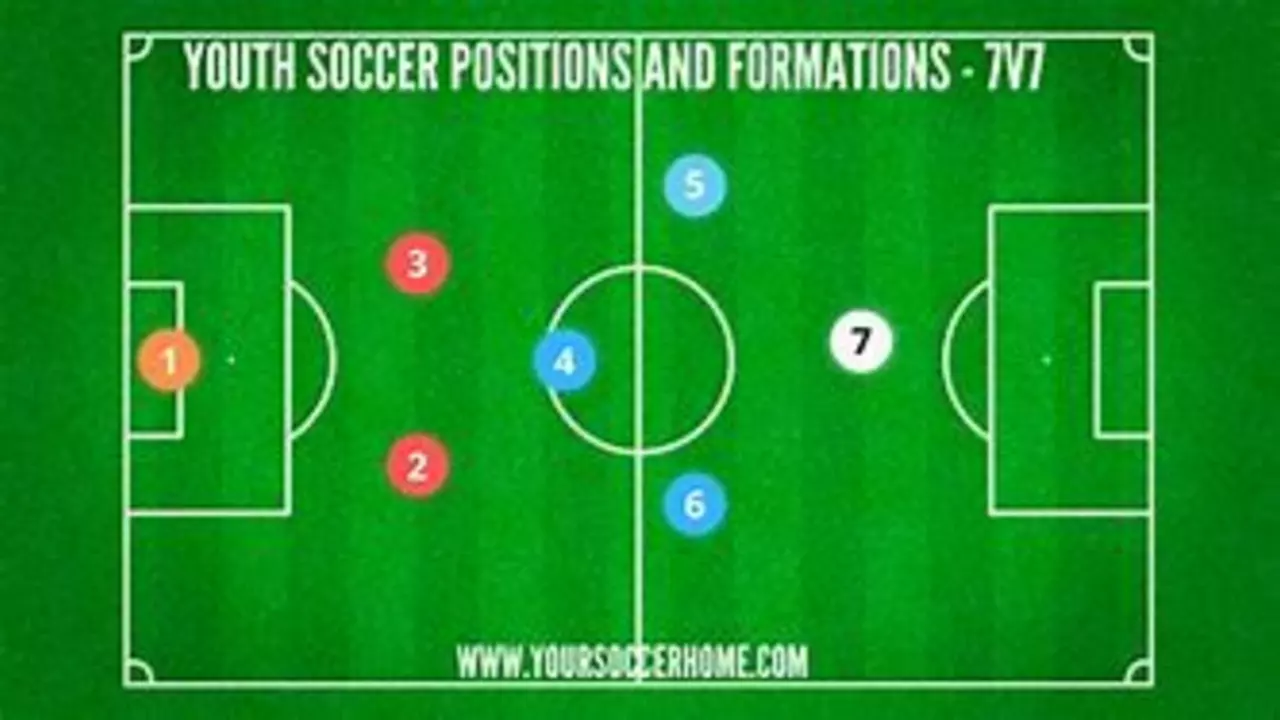Height in Soccer: Why Stature Matters on the Pitch
Ever watched a corner kick and wondered why some players seem to own the air? Height is a big part of that story. It can change how a team attacks, defends, and even how a coach lines up the squad. But taller isn’t always better, and shorter isn’t a handicap. Let’s break down what height really does for a soccer player.
Tall Players: The Edge They Bring
When a forward stands over six feet, you instantly think of headers, knock‑downs, and defending set pieces. Their longer legs cover more ground, making it easier to win aerial battles. A tall centre‑back can clear crosses with confidence, reducing the chance of a dangerous rebound. In the box, a taller striker can out‑jump a defender, turning a low cross into a goal‑mouth opportunity.
That extra reach also helps in shielding the ball. A bigger frame can hold off a challenger, giving the player time to turn or pass. Think of players like Zlatan Ibrahimović or Cristiano Ronaldo in his prime – their height let them dominate both the ground and the air.
But height isn’t a free pass. Bigger bodies can be slower to change direction, which can be a problem against quick, agile attackers. Coaches often pair a tall defender with a faster, smaller partner to balance speed and strength.
Shorter Stars: Speed and Skill Over Size
Now flip the script. Players under five‑foot‑nine often rely on low centre‑of‑gravity, quick feet, and tight dribbling. Their compact size lets them weave through tight spaces and keep balance when the game gets physical. Lionel Messi, despite being 5'7", shows how a low centre‑of‑gravity can translate into unstoppable runs and sudden bursts.
Shorter forwards use agility to slip past taller defenders, making it harder for the latter to win a header. They also tend to have a lower strike point, allowing them to curl the ball around walls and into corners. When playing on slick or uneven pitches, a smaller player can often adapt faster and keep control.
Coaches love this mix. Pair a tall target man with a quick, technical striker, and you’ve got a team that can attack both the air and the ground. Defensively, a short, fast centre‑back can cover gaps left by a taller teammate who steps out to challenge for a header.
So, does height decide who’s good? Not at all. It’s about using what you have. Tall players focus on winning aerial duels, using their reach to create chances. Shorter players lean on speed, low centre‑of‑gravity, and technical ability. The best teams blend both, making the most of every player’s natural tools.
Next time you watch a match, look at the line‑up. Spot the tall centre‑backs and the quick midfielders. See how the coach mixes them to keep the opposition guessing. Whether you tower over the field or stay close to the ground, height is just one piece of the soccer puzzle – and every piece matters when the ball’s in play.

What soccer position should I play if my height is 5 ft 6?
by Caspian Montgomery / 21 Jul 2023If you're 5 ft 6 and wondering what soccer position is best for you, don't stress about your height too much. Positions like midfield or forward are often filled by players of various heights, including those around 5 ft 6. While being taller might be beneficial for positions like goalkeeper or center back, it's your skill, agility, and understanding of the game that truly matter. So, focus more on developing your skills and finding a position that matches your gameplay style. Remember, height isn't everything in soccer!

